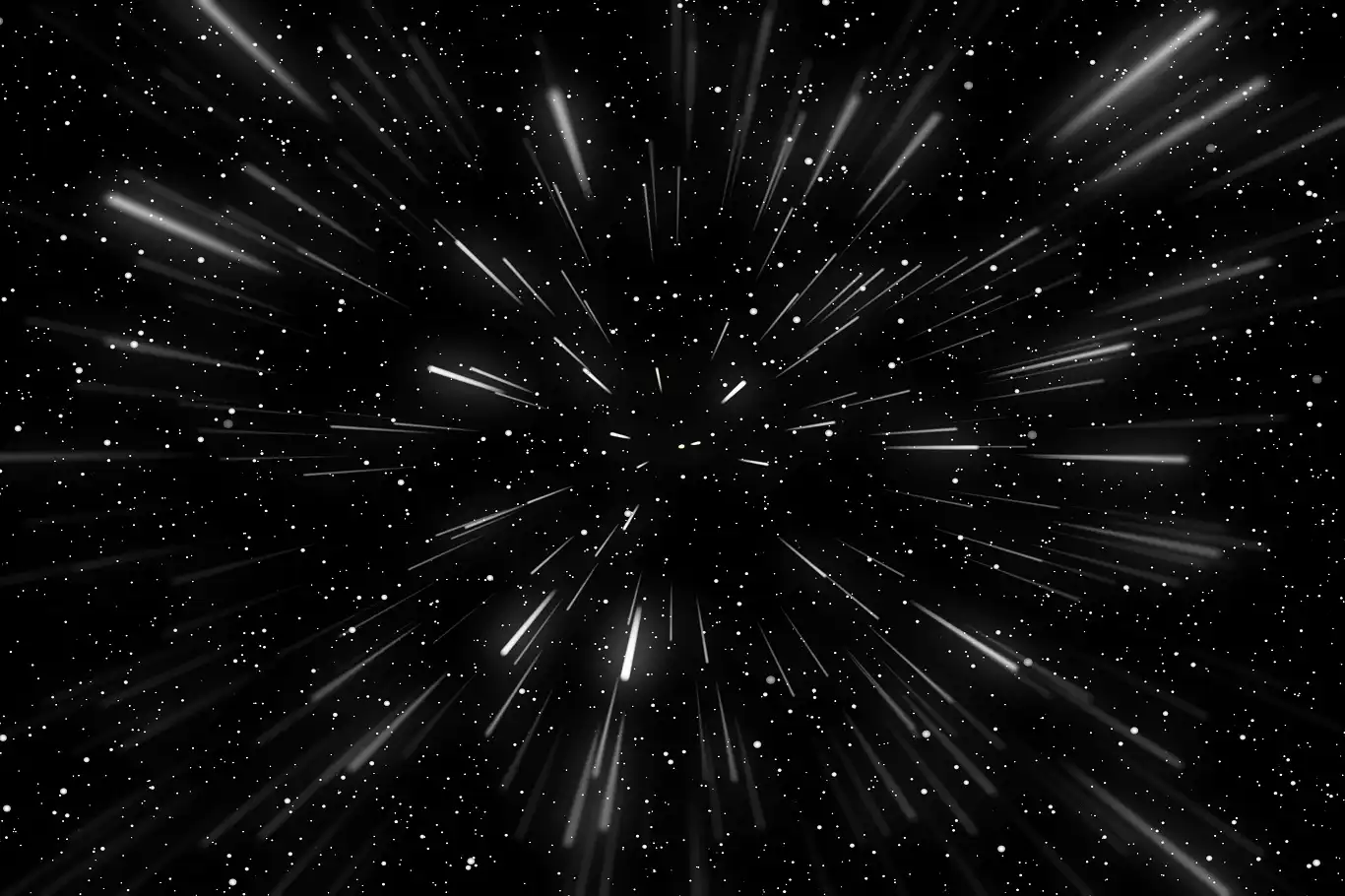Scientists may have detected dark matter for the first time


Scientists may have observed dark matter directly for the first time, thanks to data collected by NASA’s Fermi Gamma-ray Space Telescope, a discovery that could shed light on one of the universe’s greatest mysteries.
Dark matter, an invisible form of matter thought to make up about 85% of all matter in the universe, was first theorized in 1933 by astronomer Fritz Zwicky. He noticed that the visible galaxies in the Coma Cluster lacked sufficient gravitational pull to stay bound together. Later, in the 1970s, astronomer Vera Rubin and her colleagues observed that the outer regions of spiral galaxies rotated at the same speed as their centers — evidence that most of the mass in galaxies was spread out in a vast, unseen halo, not concentrated in stars or planets.
For decades, dark matter has only been inferred through its gravitational effects on ordinary matter and light, as it does not interact with electromagnetic radiation. This invisibility makes it undetectable across the entire electromagnetic spectrum — it does not emit, absorb, or reflect light.
Based on current estimates, dark matter outweighs ordinary matter by roughly five to one, meaning that everything humans can see — stars, planets, galaxies, and even everyday objects — makes up only 15% of the universe’s matter, while dark matter accounts for the remaining 85%.
The potential breakthrough comes from gamma-ray signals detected by Fermi that appear to match theoretical predictions for dark matter particle interactions. Researchers caution, however, that further analysis is needed to confirm the findings, as similar gamma-ray emissions can also be produced by pulsars or other astrophysical phenomena.
If confirmed, this discovery would not only mark the first direct observation of dark matter but could also provide crucial insights into its composition, potentially revealing new fundamental particles that have eluded detection for nearly a century.
NASA scientists plan to combine Fermi data with observations from other space-based and ground-based telescopes to verify the signals and rule out alternative explanations. Meanwhile, physicists hope the findings may guide future experiments aimed at detecting dark matter particles in laboratory settings.
This development has generated excitement in the scientific community, as it could finally unlock answers to questions about galaxy formation, the structure of the cosmos, and the fundamental nature of matter itself. (ILKHA)
LEGAL WARNING: All rights of the published news, photos and videos are reserved by İlke Haber Ajansı Basın Yayın San. Trade A.Ş. Under no circumstances can all or part of the news, photos and videos be used without a written contract or subscription.
OpenAI has introduced a major redesign of ChatGPT, combining voice and text features into a single interface that allows users to switch naturally between speaking and typing without changing modes.
China successfully launched the Shenzhou-XXII spacecraft on Tuesday, marking another major milestone in the country’s rapidly advancing crewed space program.
SpaceX successfully launched a new Falcon 9 rocket early Sunday, sending another batch of Starlink internet satellites into orbit from Vandenberg Space Force Base in California.